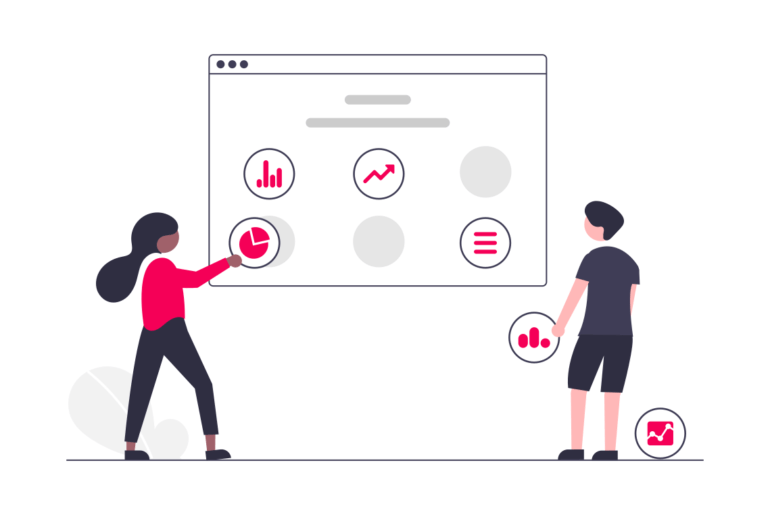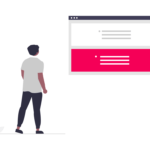A Data Management Platform is a unified place to store, manage and optimize data. But how can DMP help with the publisher’s business growth? Learn here.
The business world thrives on data. Everything a user does on a website or mobile application generates data. It’s up to the bearer of data how he/she can leverage this to create a strategy and boost conversion.
In fact, according to a Keboola, data and analytics are key to digital transformation for 90% of enterprise analytics and business professionals.
Evaluating data can make or break your business growth. The evaluation here refers to deriving all the requisite information from the data and utilizing it optimally.
However, to reach there, you first need a tool to store and manage data. This is when a data management platform comes into the picture. Data management platforms are increasingly becoming popular. They are commonly used among agency-side media buying professionals, with 79 percent of those surveyed using one, according to a study by Lotame and ExchangeWire.
Also Read: Best Data Management Platforms: How Does the Future Look for DMPs
What is a Data Management Platform (DMP)?
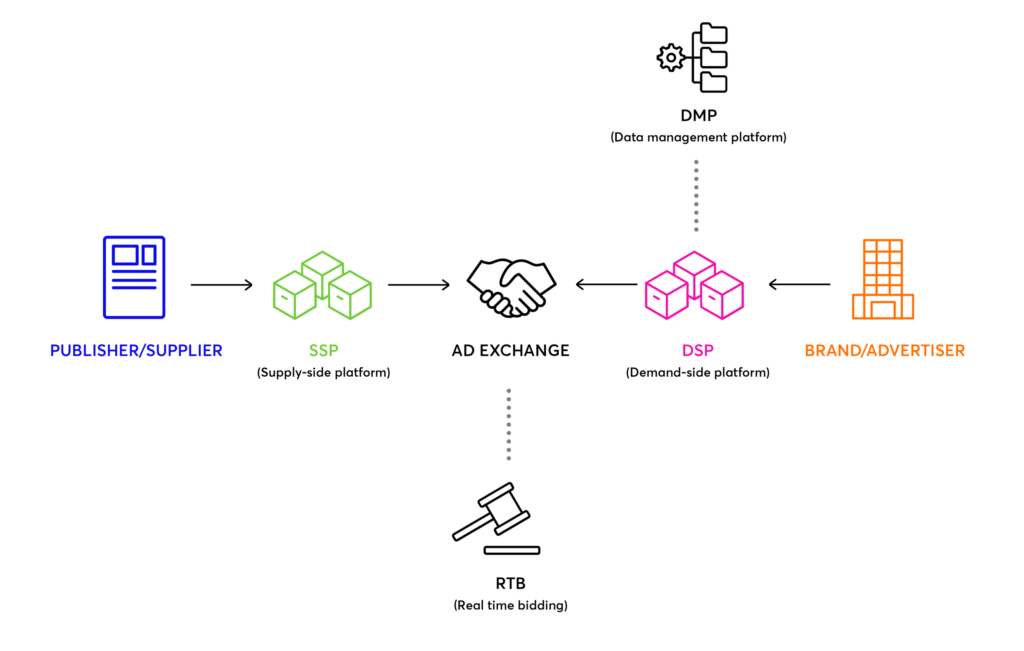
A Data Management Platform is software used to store, manage, and organize data, mainly for advertisers, marketers, and publishers. Technically, DMP uses first-party (emails, names, telephone numbers), second-party (other websites, companies, advertisers), and third-party data (cookie IDs and mobile identifiers) to target the audience accurately.
Simply put, it’s too much for publishers, marketers, and advertisers to manually organize and analyze data. Hence, we have tools like a data management platform to store both structured and unstructured data from different sources.
For publishers, a DMP offers a sophisticated platform to first store first-party and third-party data. Then categorize and segment the audience and use it to create more audience across the web.
By analyzing and understanding the audience, publishers are able to sell their inventory better to buyers as they want their ad campaigns to reach the right set of eyes.
Now that you know what is data management platform is let’s see how it works.
How Does Data Management Platform Work?
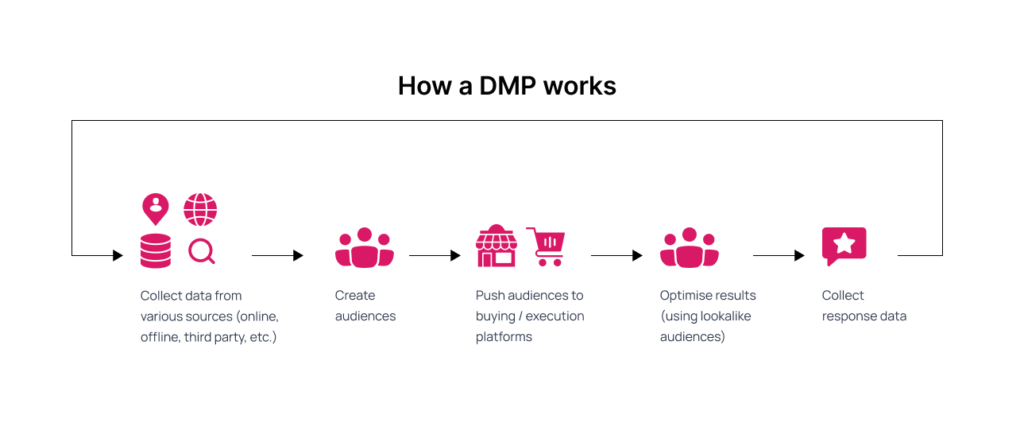
A data management platform works by collecting, organizing, and analyzing data from multiple sources in a step-by-step process:
Data Collection
The DMP gathers data from various sources, such as web analytics tools, ad servers, and customer relationship management systems. This data can include information on website visitors, customer interactions, and transactions.
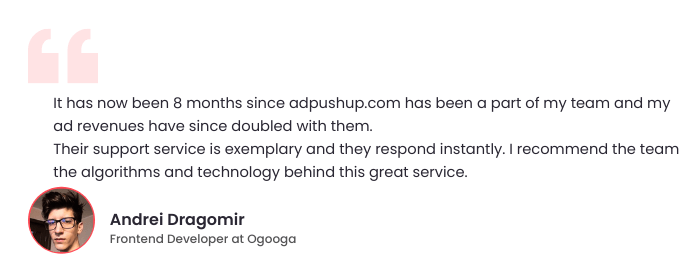
Data Integration
Next, the DMP centralizes the data in a single location, typically within the DMP’s database or cloud storage. The data is then cleaned, normalized, and organized so that it can be easily analyzed.
Data Analysis
Data management platforms also provide tools and interfaces for analyzing and segmenting the data. The DMP can create unique user profiles using the data, which can be used for creating targeted advertising, personalization, and other similar use cases.
Audience Segmentation
The DMP’s data can also be used to create audience segments, which are groups of users with similar characteristics, for targeting in advertising or other marketing campaigns.
Data Visualization
A data management platform can also provide data visualization tools to help make sense of the data, such as charts, graphs, and dashboards.
Real-Time Processing
Some DMPs also have real-time data processing capabilities that can be used to trigger events or automated actions based on specific data events.
Data Sharing
DMP allows the data to be exported or shared with third-party systems or other internal teams or departments.
Decision Making
Lastly, you can use the collected data to analyze and segment to make more informed business decisions. Some of these business decisions could be which marketing campaigns to run, what products to develop, or how to improve customer experience.
Organizations that use data and analytics effectively are ahead of the curve. If you’re not using data and analytics to inform your decisions, you’re falling behind.
Furthermore, according to Finance Online, 78% of organizations believe they are already using data and analytics effectively. So why not join them and reap the benefits?
Now that you have understood what a DMP is and how it works let’s have a look at why businesses need one.
Why Do Businesses Need a Data Management Platform?
The reasons to use DMP depend on your business requirements. For instance, one may use a DMP to track the marketing campaigns’ progress. While another may want a tool to manage previous consumer data to create new strategies.
Here’s what makes DMPs important for businesses:
Organized Data
Let’s understand this with a daily life example. You returned home from work and put your keys somewhere. The next day while leaving your house, you’re unable to find the keys. You’ve forgotten where you put them. In such a case, don’t you wish you had the technology to help you locate your lost keys?
The same thing happens while managing huge amounts of data. You save the data in a ‘safe place’. But when you need it, it’s nowhere to be found. Therefore, you need a tool to manage and organize it. DMP stores all your data in one place, so access it whenever you need.
Monitored Budget Spend
With DMP, you can log your campaign budget. Later on, these logs help you with expenditure monitoring and comparison. Using these numbers, you can then speculate the money you should spend on upcoming projects.
Campaign Management
In the inventory-selling business, there are multiple campaigns running at the same time. Each campaign has a starting date, an end date, some revenue generated, and data collected. DMP is used to store all the data and ensures security.
Audience Creation
Audience segmentation is a routine activity in digital publishing. Using a DMP, you can use various filters to see the data differently. Data management platforms can give you a newer perspective which can help you create better monetization strategies later.
Data Security
Once you’ve stored all the important information related to your business, clients, and consumers in one platform, you need security. DMPs are designed keeping security in mind.
The new and more improved versions have combined data management platforms with the demand-side platform and data analysis tool to provide better outcomes.
Also Read: DSP vs DMP: Differences, Similarities, and Their Hybrid Model
Where Can You Get A Data Management Platform?
Data management platforms have become increasingly popular in recent years, with a report by Market Research Future showing that the global data management platform market is projected to be valued at around USD 3 billion by 2023.
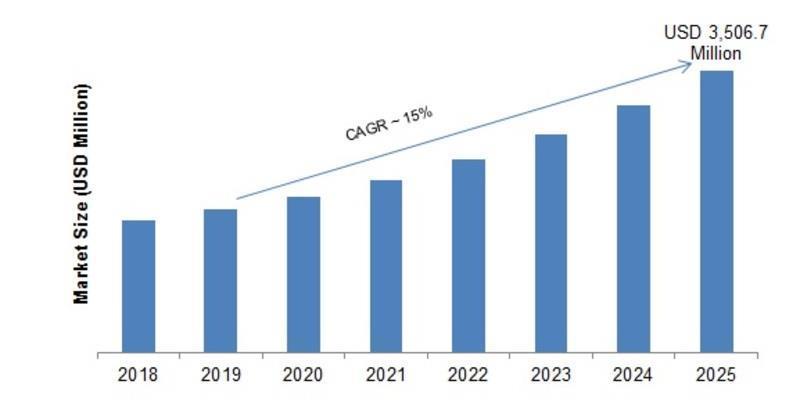
It’s high time, you should get the best data management platform for you as well. However, the definition of the “best data management platform” can be different for everyone. It certainly depends on the need of the user.
5 Best Data Management Platforms for Publishers
Nonetheless, here are popular Data Management Platforms known to offer the ‘best’ services to Publishers.
Adobe Audience Manager
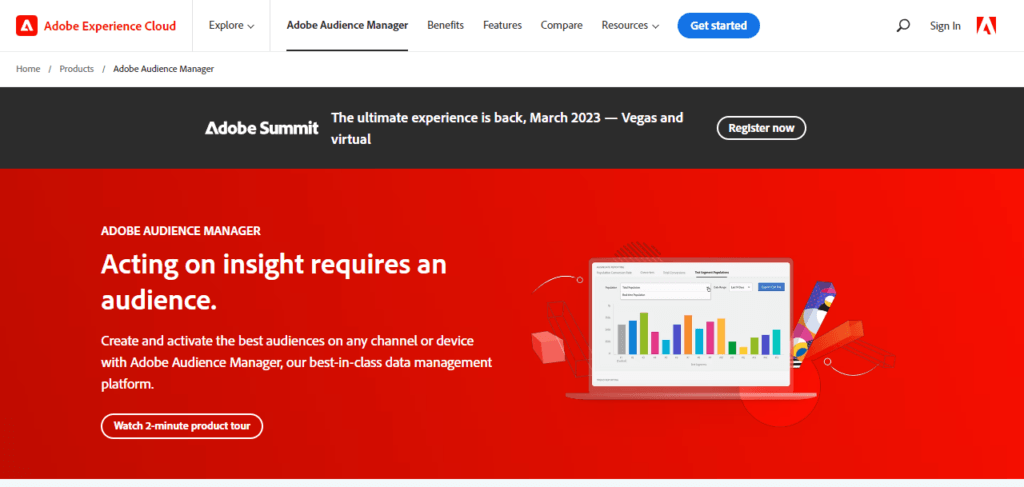
This tool is used to build detailed audience profiles based on various demographics. These profiles can be later sent to media buyers and agencies to work on. Adobe also has a cloud storage service using which you can access your data from anywhere.
Lotame
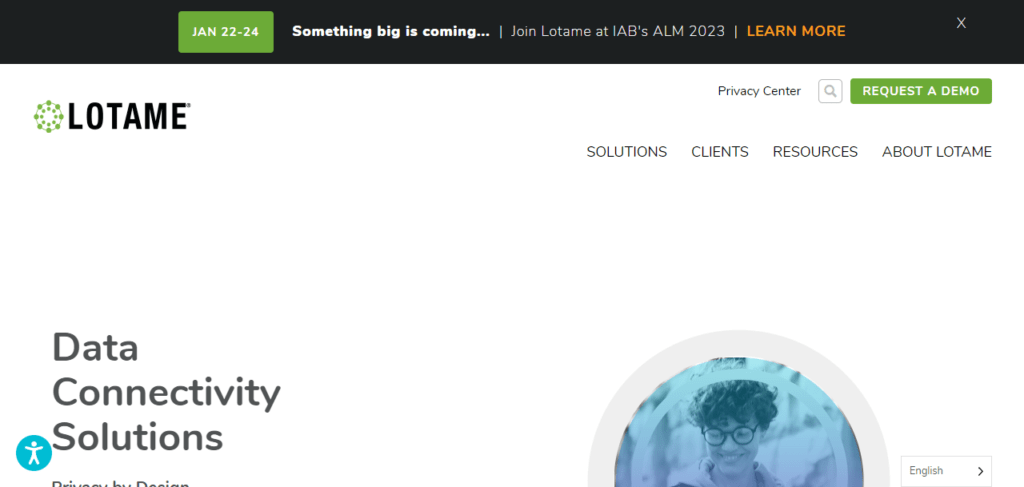
The aim of Lotame is to provide a platform that manages data without having to waste resources. It is an independent DMP provider that primarily focuses on its users (publishers) and their protection.
Oracle DMP
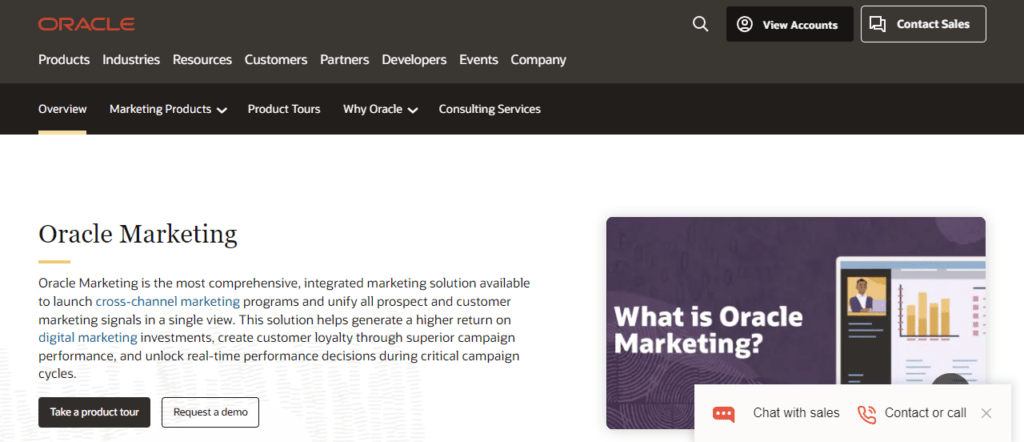
Oracle helps create information-rich profiles combining first and third-party data. It offers a platform to work with cookie-based customers. The only drawback of Oracle is the not-so-smooth user interface.
SAS Data Management
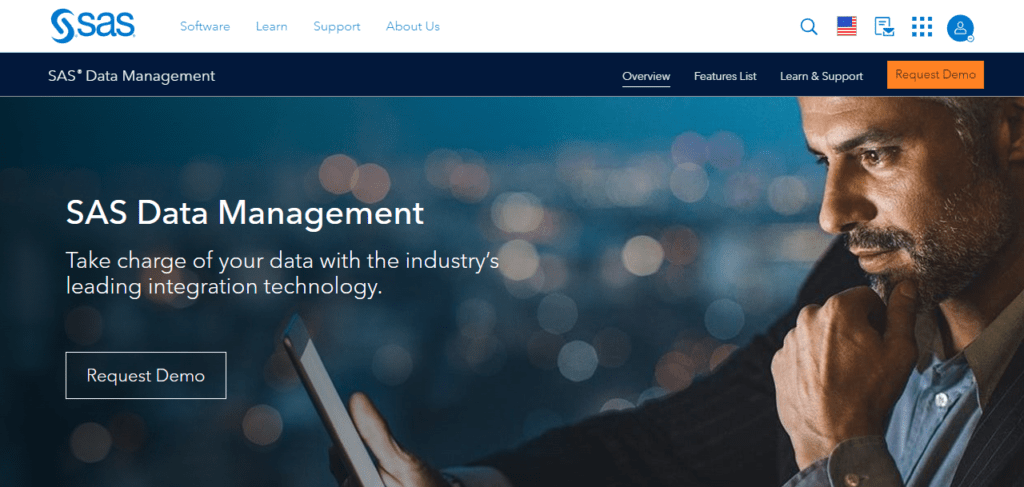
SAS is a popular and one of the oldest names in the DMP market. They are known to provide consistent, accurate, and reliable information that a user seeks.
Google Audience Center
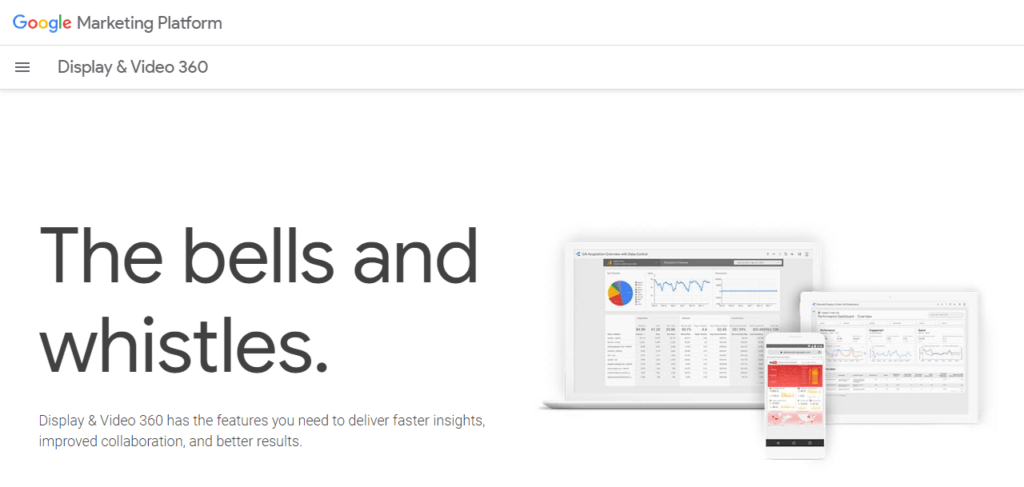
This powerful DMP tool by Google comes with smart features like end-to-end campaign management. It can be used to collect and organize data along with their source.
Still, Confused? Here Are Questions You Should Ask Before Choosing a Data Management Platform
- Does this DMP help with audience discovery and expansion?
- What are the integrations and pre-plugged tools offered by it?
- What are the analytics offered by it, and how can you align with your current business targets?
- How does it manage first-party, second-party, and third-party data (combined and separately)?
- What are the privacy and consent benefits offered by it?
- Does it allow you to integrate with multiple platforms (SSP, DSP, ad networks)?
- How much data control does it offer?
Hope by now, you’ve understood how to single out a DMP that could be the best fit for you. However, it’s important to note that using a data management platform is not enough. Understanding the types of data is as important.
Also, Learn to Differentiate Between Poor & Quality Data
Having data is one thing, but having quality data is another. When using a DMP, it’s important to put more emphasis on the quality of data rather than just the fact that data exists.
This is because poor data leads to poor results, regardless of the DMP’s intended purpose – whether it be DMP in marketing or something else entirely.
Poor data
Poor data refers to data that is inaccurate, incomplete, or irrelevant. It can be the result of a lack of understanding of the data being collected, poor data management practices, or a failure to properly validate and clean the data.
Quality Data
Quality data, on the other hand, is accurate, complete, and relevant. It is the result of a well-defined data collection process, proper data management practices, and thorough validation and cleaning. When making decisions based on quality data, the likelihood of arriving at the right conclusion is much higher, and the results are more reliable.
Therefore, it is crucial to invest in data quality management along with just using a reliable data management platform.
Also Read – How First-Party Data Will Drive User Engagement and Revenue
How Does a Data Management Platform Help?
DMPs are primarily designed keeping these three main users in mind: publishers, marketers, and agencies.
- For Publishers:
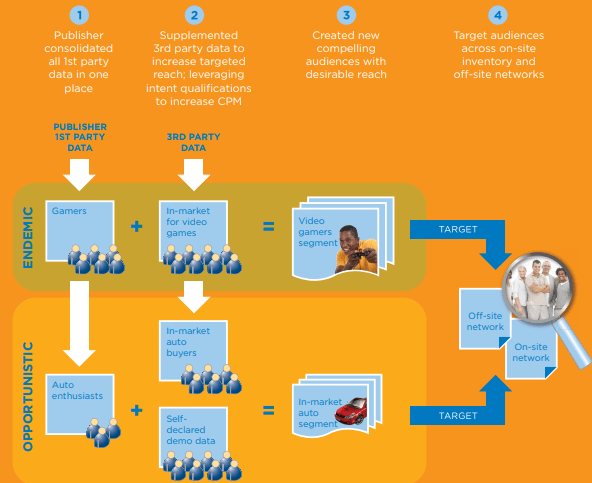
Source: Bluekai
Publishers include anyone owning a media property, such as an application or website they want to monetize. With thousands of users coming to the media property, every publisher needs a DMP to organize the two main aspects of his business: audience and inventory buyers. - Audience:
In order to get clear audience insight, publishers need to create a comprehensive audience profile—including demographics, geolocation, general interest, and profiles. These profiles help publishers pitch their inventory to buyers for better monetization.
- Inventory Advertisers:
DMP should further be used to track buying trends. For instance, which kind of audience/inventory gets the most private and/or programmatic deals? DMPs can also help publishers present a sophisticated proposal to exchanges and media buyers.
- For Marketers and Agencies:
Marketers use DMPs to identify and classify the audience based on their campaign performance. Furthermore, they use it to gather a deeper understanding of existing data and to create an insight into existing users.
Later, every piece of information collected is used to update the campaign strategy.
What Solutions Does DMP Offer in Post Third-party Cookie World?
Now you must be wondering what is the future of data management platforms, especially post third-party cookie apocalypse. Here’s what you need to know.
Chrome has joined the third-party cookie-blocking bandwagon with Firefox and Safari. Ad tech, including publishers, has started planning alternatives to identify users and serve them targeted ads. In such a case, can DMP offer possible solutions?
The answer is complicated.
Since DMPs thrive on third-party data, cookie demise and a crackdown on privacy make it difficult for DMPs to offer the same services. In such a case, DMPs need to be innovative with their services, using first-party cookies and keeping privacy in mind.
Permutive, a data management platform, has started testing context to map and segment open marketplace audiences. Basically, the system takes the help of machine learning to understand the browsing habit of the user and create a decent profile.
We know that advertisers are willing to pay more for a segmented audience that is more likely to convert.
Hence, they end up spending on programmatic guaranteed, preferred deals, and private marketplace, as these deals offer better deals in terms of inventory and audience. In such a case, technology like DMP (accustomed to working in a cookie-less world) becomes crucial as it offers better audience data.
In the End
A data management platform has become a need for everyone involved in ad tech. You can check out various DMP service providers available in the market. And then choose optimally by evaluating your DMP requirements.
However, if you find that none of the DMPs available in the market is satisfying your needs, you can always choose to design an in-house DMP adding the features you really need and updating it along the way. This is something that requires huge dependency on developers but proves worth the effort in the long run.
If you need help with data management platforms, sign up here to talk to our experts.
FAQs
The data management platform (DMP) collects, organizes, and activates first-, second-, and third-party audience data from online, offline, and mobile sources. The data is then used to build detailed customer profiles for targeted advertising and personalization.
With a Data Management Platform, you can easily collect data from your own sources and from your business partners. Pixels are all you need to implement. DMP engine takes care of the rest automatically. You can collect data about users’ activities through events and attributes.
Customer data platforms integrate data from multiple tools and sources into a single centralized data hub that provides a unified view of customers. Integrated first-party data from these sources is stored in a data warehouse accessible to all relevant parties within your organization.
A Data management platform example is Adobe Audience Manager. It’s one of the data management platforms (DMP) which is widely used by agencies, marketers, and publishers. Apart from Adobe Audience Manager, there are a lot of data management platform companies offering DMPs.

Deepak has a keen eye for detail and a deep understanding of the ad tech landscape. Whether it’s through in-depth articles, thought-provoking insights, or compelling storytelling, he’s dedicated to helping people navigate the complex world of ad tech with the simplicity of his words.
